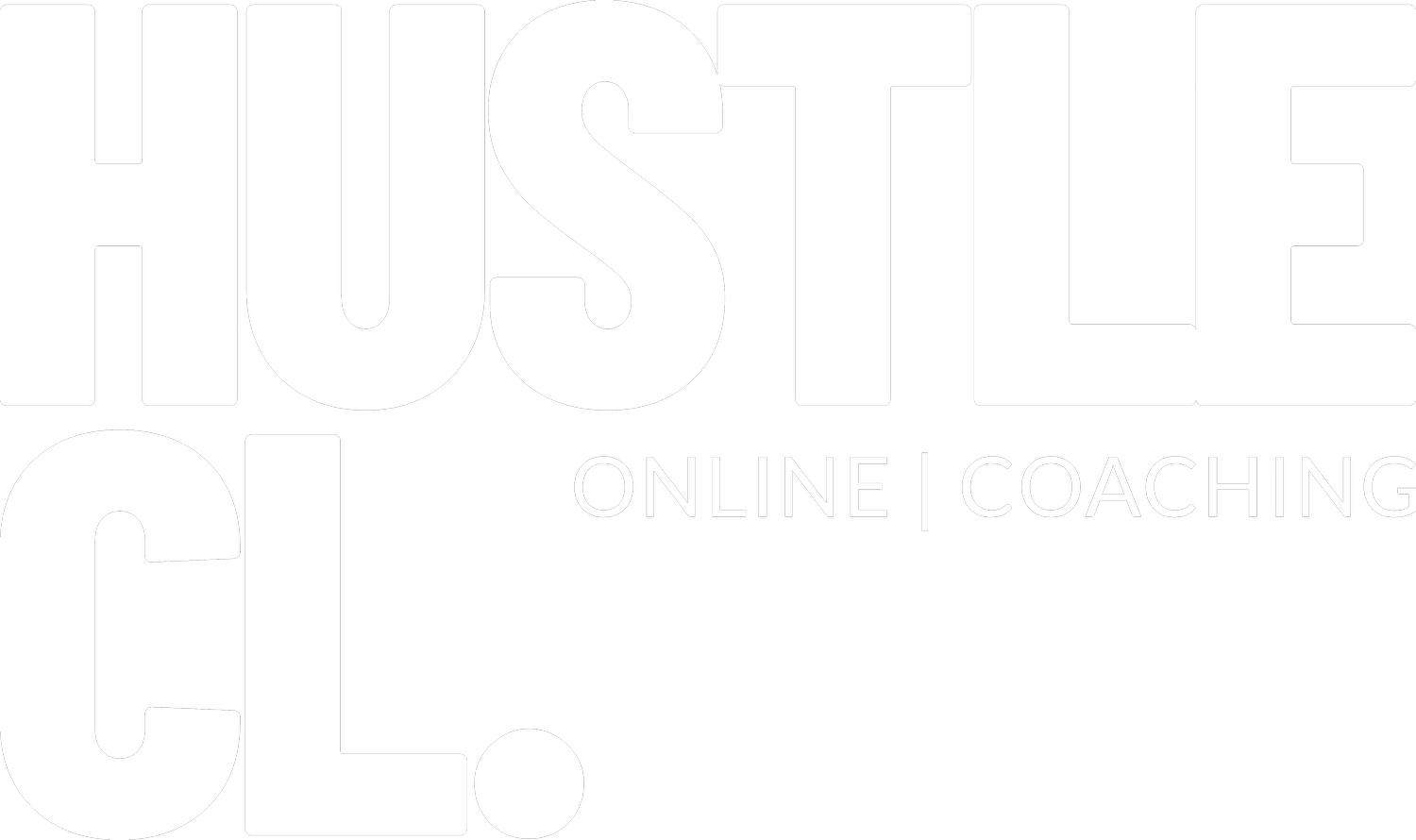Maintaining your Midsection
People love to talk about core training. There are often two ends of the spectrum when it comes down to a debate on developing a solid chiseled midsection. Some will dedicate 30 minutes of direct core training at the end of every session. Perform multiple sets of sit-ups and then target the transverse obliques.
Then others believe that squatting heavy, deadlifting, and overhead pressing is all you need. While there is some truth, the significant compound movements that should be a mainstay in your training programs will not address everyone's problems. People who need to strengthen their anterior and posterior core the most are usually those clients who suffer from back pain, lack mobility, and have alignment issues. These people will initially find it very hard to perform deadlifts and squats effectively; therefore, they will need another approach.
The key lies in determining your weaknesses and then building a program to address them. Whether you are like most others who spend far too much time slumped over a desk at work or are an experienced lifter, specific movements will benefit you more than others. So stop mindlessly doing sit-ups and read on.
Dr. Stuart McGill has produced some of the best research on spinal biomechanics and repeated flexion. His findings have shaped the approaches of credible trainers on core training. Let's take an example of a client who has an office job. He is often slumped over the computer, which gives him that hunched back, tight chest, and awful spinal position. Performing sit-ups with clients like these would reinforce the poor spinal positioning they have been in for the entire day at work. McGill's research also shows that the forces placed on the vertebrae will cause more damage than good.
Such kinds of clients often know little about their hips. Thus, with everything they do, they end up further damaging their spinal disc, as they are always going into spinal flexion. Whether seated at work or bending down to pick up items, their spines curve and slump. This can lead to disc-related lower back pain. To combat this, you should opt for anti-extension exercises such as dead bugs, plank variations, and half-kneeling Vertical Palloff presses.
Deadbugs
Deadbugs help train the abdominals to resist extension, protecting your lower back. It looks like an easy exercise; however, if you execute it properly, you will find it quite challenging. Often, clients cannot move their hips without engaging their lower back muscles or raise their arms overhead without arching their backs and sticking their ribs out. To perform the exercise correctly, you must work hard to brace your abdominals while lowering your opposite arm and leg to the ground. If you don't draw your abdominal tights enough, your lower back will arch, which is precisely what you must avoid.
The dead bug teaches us to isolate movement at the hips and shoulders without moving your spine. Improving this movement pattern is essential because it protects your spine from movements it was not designed to handle. There are two progressions; the first one is the easier variation.
Lie on your back with your arms extended in front of your shoulders
Bend your hips and knees to a 90-degree angle
Tighten your abs and press your lower back into the ground
Take a deep breath in
As you exhale, slowly extend your left leg towards the floor, keep your abs tight, and don't let your lower back arch.
Slowly return your leg to the starting position.
Repeat with your opposite arm and leg.
Once you can perform the first variation, progress onto the one shown below, extend your opposite arm and leg simultaneously, and perform three sets of 6 to 8 reps.
Lie on your back with your arms extended in front of your shoulders
Bend your hips and knees to a 90-degree angle
Tighten your abs and press your lower back into the ground
Take a deep breath in
As you exhale, slowly extend your left leg towards the floor and bring your right arm overhead; keep your abs tight, and don't let your lower back arch.
Slowly return your arm and leg to the starting position
Repeat with your opposite arm and leg.
Planks
During the plank, the entire core is engaged. This includes the dormant deep core muscles during the sit-ups to maintain the position. When you perform the plank well, it increases mobility through the hips, pre-activating the core muscles, thus helping with spinal stabilization. In other words, it shows how to lock in neutral spinal positioning, developing a healthy, well-functioning spine. There are plenty of variations of planks. Given below are three progressions, starting with the basic front plank.
Set your elbows under your shoulder girdles.
Ensure a linear body position, where the head, shoulders, hips, and knees are in a straight line, is maintained.
Draw the abdominals in tight and brace the core
Do not allow the lower back to curve
Half-Kneeling Vertical Palloff Press
This variation encourages a bit more posterior pelvic tilt. Additionally, we get a deep active stretch on the hip hip flexor. This is a bonus, as many clients have chronically tight hip flexors. One might argue that many people have tight hip flexors not because they are short or stiff but because their core is weak and unstable. Below are two variations to try.
Keep your chin tucked (make a double chin)
Extending your arms above your head, try to prevent your rib cage from flaring.
Don't make this a tricep exercise - those who tend to feel it more in that area are pressing the cable too far outward and focusing on elbow extension; instead, you need to press straight up, preventing the cable from pulling you backward.
Breathe as you press above your head, drawing your anterior core inwards.
– Tom Winterbottom is a personal trainer in St. Johns Wood, Personal training in NW8, Personal training Marylebone, Personal Trainer W1 area who offers online 1-2-1 coaching programs
